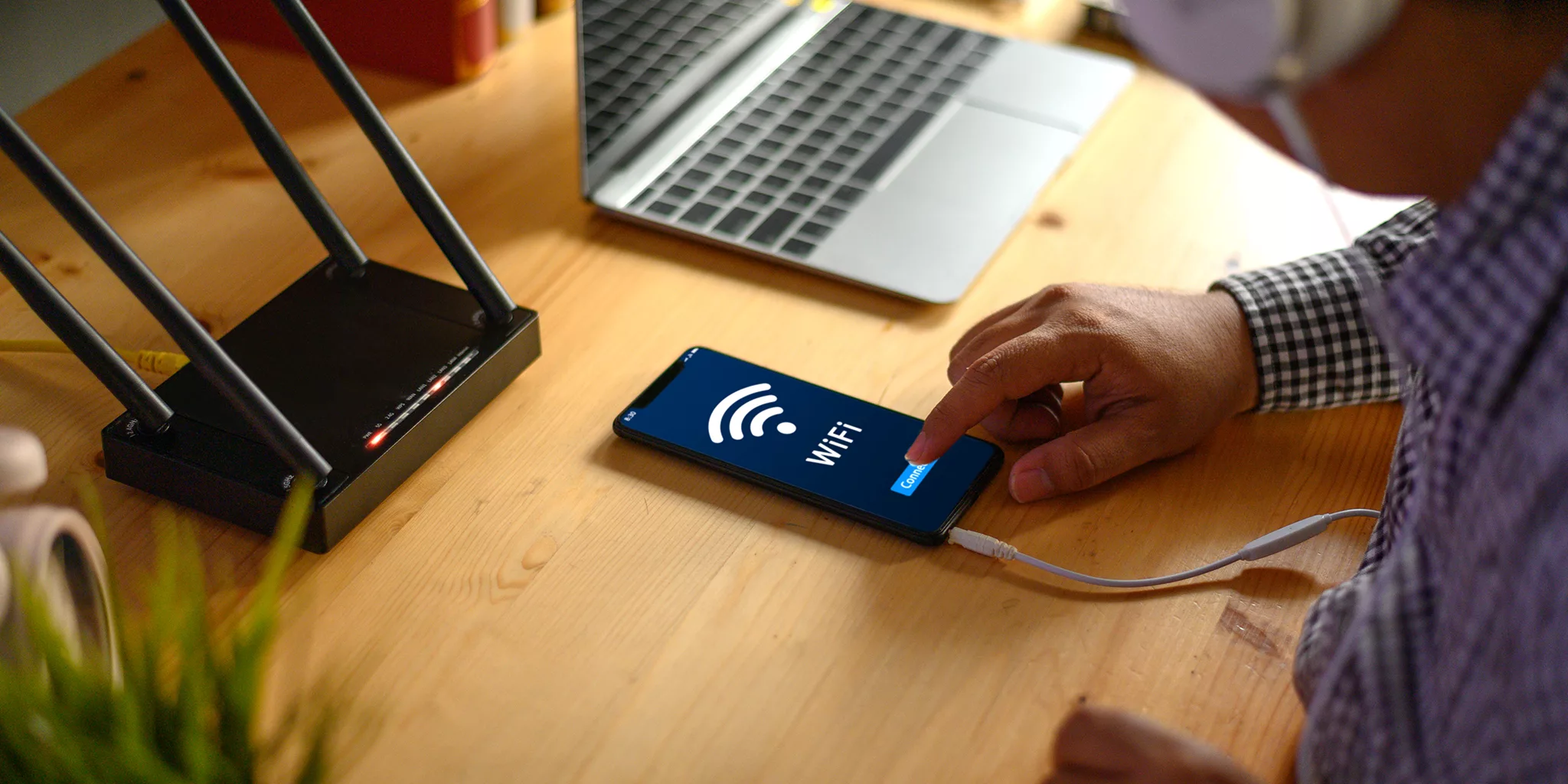In an increasingly connected world, wireless networks have become the backbone of modern communication. From homes to businesses, these networks enable us to access information and connect devices seamlessly. However, with convenience comes vulnerability, and wireless networks are not immune to security threats. This is where wireless network penetration testing plays a critical role in ensuring the integrity and confidentiality of digital information. In this blog, we will delve into the significance of wireless network penetration testing, explore key techniques and tools, and highlight essential considerations to help you secure your digital boundaries.
Understanding Wireless Network Penetration Testing
Wireless network penetration testing is a systematic and controlled approach to assess the security of wireless networks. It involves simulating real-world attacks to identify vulnerabilities, weak configurations, and potential entry points for unauthorised access. By conducting these tests, organisations can proactively detect and mitigate security risks, ensuring their networks remain resilient against malicious actors.
Importance of Wireless Network Penetration Testing
Wireless networks are inherently susceptible to various security threats, such as unauthorised access, eavesdropping, and data interception. By performing regular penetration tests, organisations can:
- Identify Weak Points: Penetration testing helps pinpoint vulnerabilities in wireless networks, including weak encryption protocols, misconfigured access points, and insecure authentication mechanisms.
- Gauge Security Posture: Testing provides a clear understanding of the overall security posture of a wireless network, enabling organisations to prioritise security measures and allocate resources effectively.
- Regulatory Compliance: Many industries have strict compliance requirements for protecting sensitive data. Wireless network penetration testing helps organisations meet these standards and avoid potential penalties.
- Incident Response Readiness: By proactively testing network security, organisations can identify and address vulnerabilities before they are exploited, strengthening their incident response capabilities.
Key Techniques and Tools for Penetration Testing
To conduct effective wireless network penetration testing, several techniques and tools are commonly employed:
- Passive Reconnaissance: Gathering information about the wireless network without actively engaging with it, such as analysing broadcasted network names (SSIDs) and detecting visible access points.
- Active Scanning: Actively probing the network to discover access points, identify vulnerabilities, and assess network configuration, including network range, signal strength, and possible security weaknesses.
- Vulnerability Assessment: Employing specialised tools to identify potential vulnerabilities within the network infrastructure, devices, and software.
- Exploitation: Attempting to exploit identified vulnerabilities to gain unauthorised access, escalate privileges, or compromise network integrity.
- Post-Exploitation: Assessing the extent of access gained, documenting findings, and exploring potential lateral movement opportunities within the network.
Considerations for Effective Wireless Network Penetration Testing
To ensure successful wireless network penetration testing, organisations should consider the following factors:
- Scope and Rules of Engagement: Clearly define the scope of the penetration test, including the systems, devices, and network components to be tested. Establish rules of engagement to avoid any disruption to critical services and ensure that all stakeholders are aware of the testing activities.
- Legal and Ethical Aspects: Obtain proper authorisation and consent from the network owner or relevant stakeholders before conducting penetration testing. Adhere to legal frameworks and ethical guidelines to ensure that the testing activities are conducted in a responsible and lawful manner.
- Documentation and Reporting: Maintain detailed documentation of the entire penetration testing process, including methodologies, tools used, findings, and recommendations. This documentation serves as a reference for future assessments and provides a comprehensive view of the network’s security posture. Prepare a detailed report that highlights vulnerabilities, potential risks, and recommended countermeasures for the network owner.
- Remediation and Follow-up: After completing the penetration test, work collaboratively with the network owner to address identified vulnerabilities and implement necessary security measures. Conduct follow-up assessments to verify the effectiveness of remediation efforts and ensure that the network remains secure over time.
Wireless Network Security Best Practices
In addition to penetration testing, organisations should adopt the following best practices to enhance wireless network security:
- Strong Encryption: Implement robust encryption protocols, such as WPA2 or WPA3, to protect wireless communications from unauthorised access and eavesdropping.
- Secure Authentication: Enforce strong passwords and implement multifactor authentication mechanisms to prevent unauthorised access to the network.
- Regular Patching and Updates: Keep wireless devices and network components up to date with the latest firmware and security patches to address known vulnerabilities.
- Network Segmentation: Segment the wireless network into separate VLANs (Virtual Local Area Networks) to isolate sensitive data and restrict unauthorised access.
- Intrusion Detection and Prevention Systems: Deploy intrusion detection and prevention systems to monitor network traffic, detect suspicious activities, and block potential threats.
- Employee Training and Awareness: Educate employees about the importance of wireless network security, including the risks of connecting to untrusted networks and the significance of following security protocols.
Conclusion
Wireless network penetration testing is an essential component of proactive cyber security measures. By identifying vulnerabilities, weaknesses, and entry points, organisations can take necessary steps to fortify their networks against potential threats. Combining regular penetration testing with robust security practices helps ensure the confidentiality, integrity, and availability of wireless networks, safeguarding valuable digital assets and protecting against unauthorised access. As wireless technology continues to evolve, it is crucial to prioritise the security of wireless networks and stay ahead of emerging threats through continuous testing and vigilant security practices.
Vertex Cyber Security has a team of penetration networks ready to answer all your questions and address your penetration testing needs. Contact us today!

